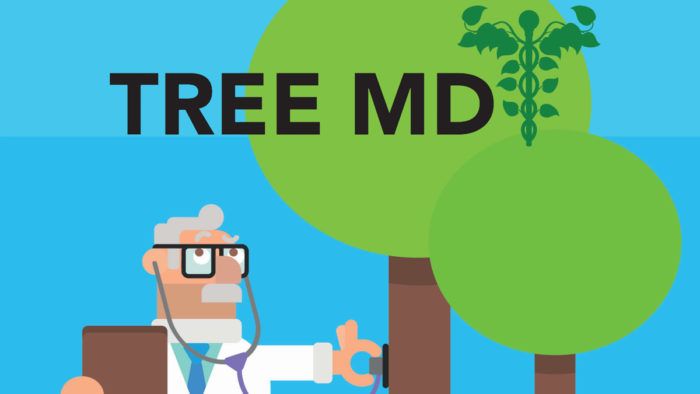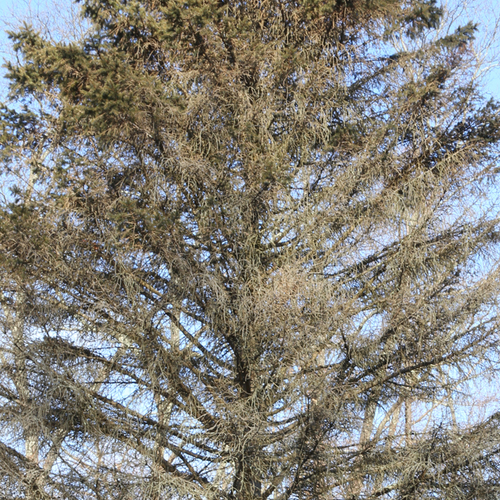
Just like human health, the health of trees can be affected by a range of factors and some can be more apparent than others. The most common causes of ill health in trees are insects, diseases, and environmental stresses. Unlike people, however, trees can’t tell us where it hurts, so determining what’s causing a tree to decline is often a challenge. Occasionally when diagnosing tree problems we can find a smoking gun, but oftentimes determining what is ailing a tree requires detective work to find clues and put the puzzle together. The following are some of the most common tree problems we see in landscapes and key factors for diagnosing them.
Get to know the culprits
Before we can remedy a tree problem, it’s essential to have an accurate diagnosis. One of the first steps in identifying tree problems is to determine whether the symptoms (what the plant is doing that drew your attention in the first place) are caused by insects or disease or by environmental factors (the culprits).
Is it insects?Symptoms that are caused by biotic factors are often accompanied by signs of the causal organism. Signs can be the organism itself—think of seeing aphids on your plum tree—or evidence of the organism’s presence, such as honeydew dropped by the aphids. Other insect signs include cocoons or webbing, exit holes in stems, or frass (fine powdery refuse produced by wood boring insects). |
 |
Is it a disease?Tree diseases can be caused by bacteria or viruses but the vast majority are caused by fungal pathogens. Fungi that cause disease are often indicated by signs such as fruiting bodies (conks or mushrooms) or fungal hyphae (fine weblike structures under the bark). |
 |
Is it environmental?If symptoms are not accompanied by any signs of insects or disease, the cause could be environmental. Common causes of environmental injuries include nutrient deficiencies, extreme weather events (rapid drop from warm to cold weather, flooding, extended drought) or chemical exposure (herbicide drift, deicing salt spray). Damage patterns can also be indicative of environmental problems. For example, winter desiccation often occurs on the southwest side of conifers. Environmental injuries may affect multiple species, whereas insect and disease problems are often species-specific. |
|
Bert Cregg conducts research and extension programs on tree physiology and management of nursery, landscape, and Christmas tree systems at Michigan State University.
From Fine Gardening #194
Fine Gardening Recommended Products

Pruning Simplified: A Step-by-Step Guide to 50 Popular Trees and Shrubs
Fine Gardening receives a commission for items purchased through links on this site, including Amazon Associates and other affiliate advertising programs.

DeWalt Variable-Speed Cordless Reciprocating Saw with 6-Piece Saw Blade Set
Fine Gardening receives a commission for items purchased through links on this site, including Amazon Associates and other affiliate advertising programs.

DeWalt Variable-Speed Cordless Reciprocating Saw
Fine Gardening receives a commission for items purchased through links on this site, including Amazon Associates and other affiliate advertising programs.
-
 How-To
How-ToYellow Leaves on Red Maples and Pin Oaks—What Does It Mean?
These popular landscape trees generally start declining within one to two years of planting. -
 How-To
How-ToHow to Treat Needle Drop on Evergreen Conifers
This is a symptom that can signal anything from a severe tree problem to no problem at all. -
 How-To
How-ToTreat Winter Injury to Your Trees
Winter injury is among the most common tree problems experienced in colder areas of the country.













